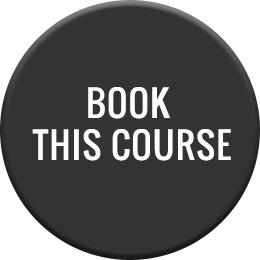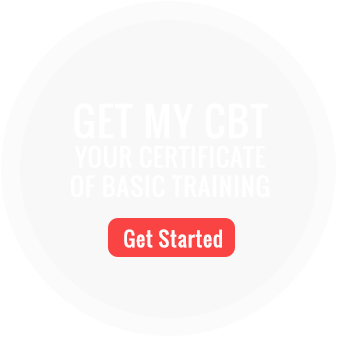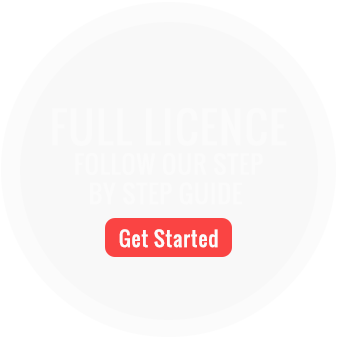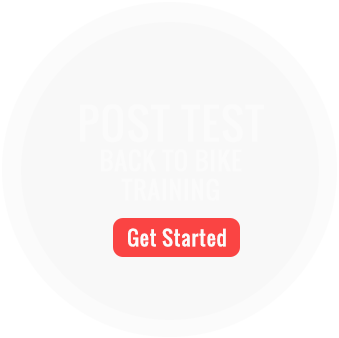Mod 1 Test Session & Module 1 Motorcycle Test
Explanation of your Mod 1 Test Session & Module 1 Motorcycle Test course
After you have completed your Mod 1 Training Session you will be ready to take your next session. This is a road based course preparing you for your Module 2 Test. The session is 3.5 hours long, which will include a short amount of time to practice some of the Module 1 Test slow manoeuvres before heading off to the DVSA test centre. The course includes taking the Module 1 Test, which takes about 15 minutes (see below for more details about the test).
The session costs £164.50 with bike hire and test fees (or £150.50 without bike hire) and can be done in the morning or afternoon.
At the end of each session of post-CBT training your instructor will fill out your Student Record Card. This provides you with a record of your progress and gives you some things to think about as preparation for your next training session. It will also act as a ‘handshake’ for your next training session in the event you have a different instructor.
All being well you will receive a Module 1 Test pass certificate at the end of the course, and be ready for the Mod 2 Training Session.
Explanation of your Module 1 Motorcycle Test
The Module 1 test consists of completing a series of manoeuvres which are designed to assess your ability to demonstrate control, balance and vision. Before you can take the test you need to have passed your CBT and your Motorcycle Theory Test. The test takes about 15 minutes, and involves several set exercises which can be thought of as two groups – ‘slow speed’ and ‘higher speed’:
‘Slow Speed’
- Manual handling – wheeling the machine backwards from one ‘box’ of cones into another ‘box’ of cones.
- Slalom/Figure of Eight – slalom the machine around some yellow cones, then ride straight into a ‘figure of eight’ around some blue cones. The two exercises flow into each other so can be regarded as a single element.
- Slow control – ride the machine in a straight line at a walking pace.
- U-turn – carry out a U-turn within a defined area without crossing the lines.
‘Higher Speed’
- Controlled stop – stopping the spindle of the front wheel of the machine in a ‘box’ of blue cones – note: there is no minimum speed requirement for this exercise
- Emergency stop – bring the machine to a controlled stop, as in an emergency situation. Minimum speed requirement is 50kph (32 mph). A safe stop from speeds of 48 or 49 kph will also pass, but with a rider fault (see below for more information on rider faults).
- Avoidance Exercise – swerve the machine through a pair of blue cones. Minimum speed requirement is 50kph (32 mph). Speeds of 48 or 49 kph will also pass, but with a rider fault (see below for more information on rider faults).
The examiner will tell you to treat the test “as if you are on a public road, including carrying out all necessary precaution/observations”. If you come into contact with any of the cones during the test, or if you put your foot down during, or moving between, manoeuvres, then unfortunately you will not pass.
If during the test you think that you have messed things up, don’t panic but continue working through the manoeuvres as the examiner asks you to. If you are deemed to have committed a serious fault the examiner will probably not tell you but instead you will be allowed to continue the test in order to get the full experience. If the examiner deems you to have committed a dangerous fault then the test will end at that point. This is an extremely rare occurrence.
Rider faults will be accrued for minor mistakes – such as missing an observation – more than 5 rider faults mean that you will not pass. If you accumulate several of them of the same type (but fewer than 5) then you still may not pass, especially if these represent a systemic fault.
Things to bring with you:
- Your UK photocard driving licence.
- Suitable clothing for riding a motorcycle: hard-wearing jeans (not thin cotton trousers, tracksuit bottoms or leggings); sturdy footwear (not flimsy plimsolls or lightweight fashion shoes) – ideally which provide some ankle protection, such as work boots, strong walking boots or similar; glasses or contact lenses if needed.
- Remember that you are going to be outside – so consider wearing layers if it is going to be cold.
- You are welcome to bring your own riding gear, although we can provide jackets, helmets, gloves, waterproof trousers and hi-viz bibs
If you have done your training at another school then you will need to do at least one Mod 1 Training Session before taking your Mod 1 Test Session & Module 1 Test.
You can book this as a package by clicking on the link below:





 Oxford: 01865 777 676
Oxford: 01865 777 676